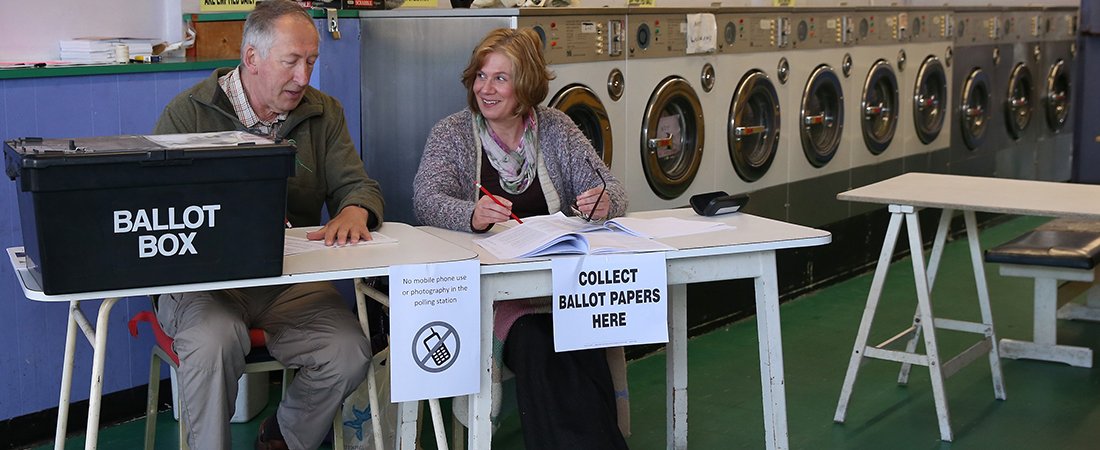It is a common mistake of political pundits to obsess over headline voting intention numbers in the public domain, at the expense of everything else.
On the surface, the Conservative Party enters this election campaign with a reasonably strong lead on headline voting intention numbers. YouGov’s weekly political tracker (24-25 October) placed the Conservative Party on 36 per cent of the vote, Labour on 23 per cent, the Liberal Democrats on 18 per cent and the Brexit Party on 12 per cent.
However, a small double-digit lead at the outset of a General Election campaign does not a majority make. And there are good reasons to suppose that this election is closer than people think.
There are three areas in particular where research resource will be focussed by the different campaigns in the coming weeks – with party strategists fine tuning their approaches accordingly. It is these metrics which will determine the election outcome more than anything else.
First, the geographical distribution of the vote. In a parliamentary system, it matters not a jot if you hold a commanding national lead if it does not translate into seats. You can only find out what is really going on in a parliamentary campaign if you focus your research on a constituency by constituency level. To do this, you need to build a clear model of marginal seats; ones that you need to hold onto and ones that you need to gain if you are to triumph with a majority. The dominance of Brexit in public debate complicates this further with traditionally safe seats more liable to change hands. The Conservative Party will fancy their chances in taking previously unimaginable seats like Bishop Auckland while formerly safe seats like Chipping Barnet in London will need to be defended. The reverse is true for Labour of course.
Second, the extent to which the two legacy parties ‘own’ the salient narrative. The Conservative Party will want to ensure this is framed as a Brexit election and that they can be trusted to ‘get Brexit done’. This is critical because it is the best chance of preserving a fragile coalition of voters in the different types of seats described; whatever your position on Brexit you can agree that it is time for the country to move forward from a circular debate. Labour meanwhile will want to argue that this election is also about the future of public services and other domestic issues. Most public and private polling suggests that voters currently see the ‘settling’ of Brexit as the most important issue in the next election. The extent to which this changes under the glare of a campaign will have an impact on the final result.
Third, the level of diffusion that the two legacy parties’ see to their single-issue competitors. At its simplest dimensions: the amount of votes that the Conservative Party and Labour Party bleed to the Brexit Party and Lib Dems in given seats. A few hundred votes here or there may be critical in particular constituencies.
Opinion polls are primarily used by political parties to refine strategies rather than predict results; election campaigns are fundamentally about changing minds rather than the living of pre-ordained outcomes. The best snapshots of the outcome though will come through tracking three prisms: constituency portrait, salience of narrative and diffusion to third and fourth parties. Any corporate looking to commission private polling during the course of the campaign should follow this approach.

